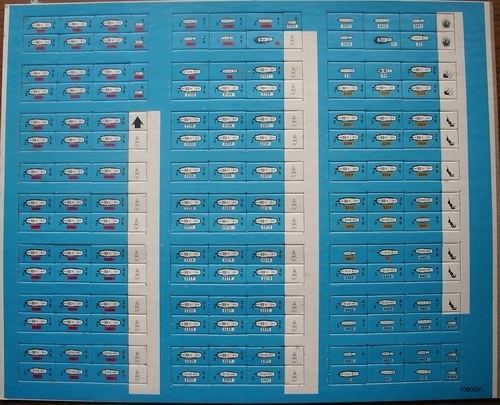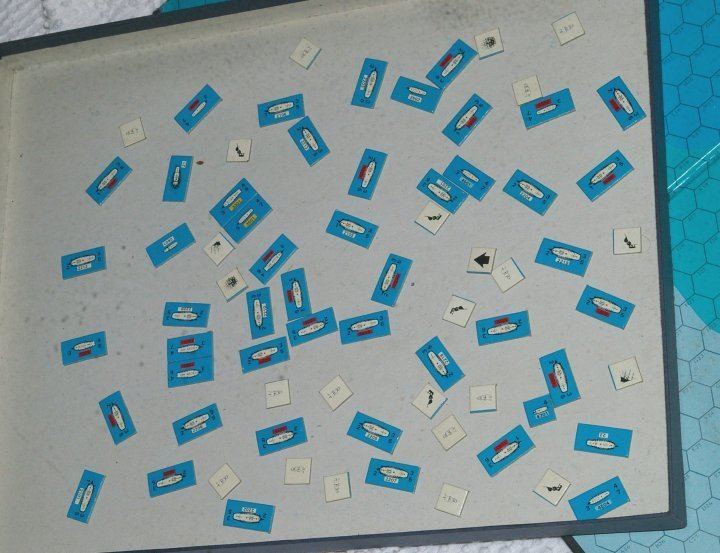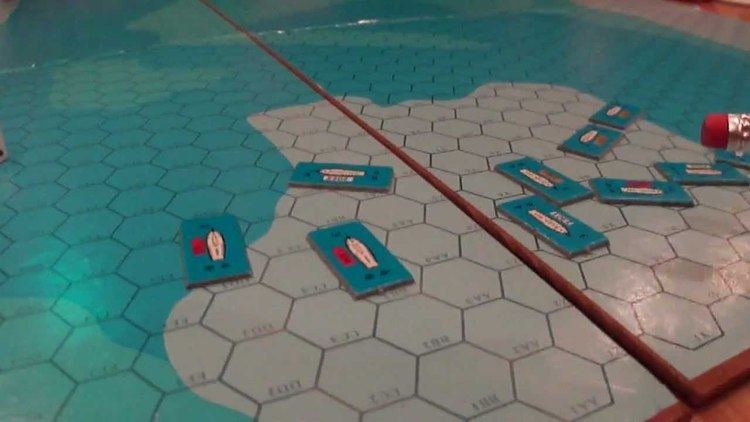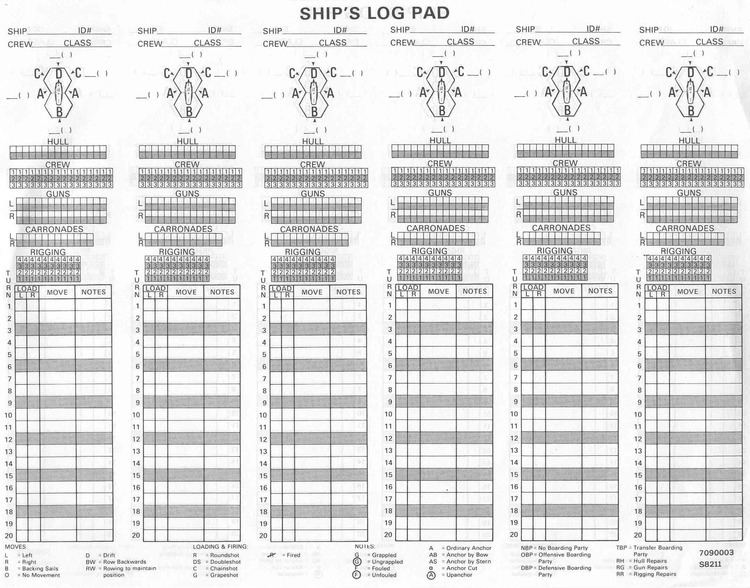 | ||
flying colors musing and thoughts with wooden ships and iron men
Wooden Ships and Iron Men is a naval board wargame in which the players simulate combat by sailing ships of the late 18th and early 19th centuries. The game was originally published by Battleline Publications in 1974 and republished by Avalon Hill in 1975, and is known as the definitive simulation of the period.
Contents
- flying colors musing and thoughts with wooden ships and iron men
- Wooden ships and iron men
- Criticism
- References

The game is played on a hex board with rectangular cardboard counters representing ships and long enough to cover two hexes, which represents the ship's orientation. Players write down their planned moves at the beginning of each turn, then move simultaneously (possibly entangling their ships if they are close to each other), fire their broadsides if any ships are within range, and attempt to board ships that are adjacent.

The rules are not especially complicated, but as The Complete Book of Wargames puts it, "two turns of this game speak volumes about the significance of wind direction for sailing ships-of-the-line," and, "Purely for the feel of being there, this game is unsurpassed."

WS&IM was later published as a computer wargame, winning the Origins Award for Best Military or Strategy Computer Game of 1996.

Wooden Ships and Iron Men is no longer being produced but Hasbro, which purchased Avalon Hill, has released the game as a free online promotional item.

Wooden ships and iron men
Criticism
Critics have maintained that the simplicity of the rules often creates ahistorical strategies and results, which conflicts with the "definitive" claim made by some. The complaints arise primarily because most battles end up with ships entangled and battles being resolved by boarding parties fighting until one ship's crew is eliminated. Such situations rarely occurred in history during this period. Other problems occurred due to "gamey" tactics which invalidate Nelson's strategies and prevent replication of historical tactics from working. However, the legacy and popularity of WS&IM has spawned descendants based on the original which have strived to correct most of these perceived design flaws. Examples of the game's updated descendants include Clash of Arms's Close Action (1997) or GMT Games' Flying Colors (2005).
